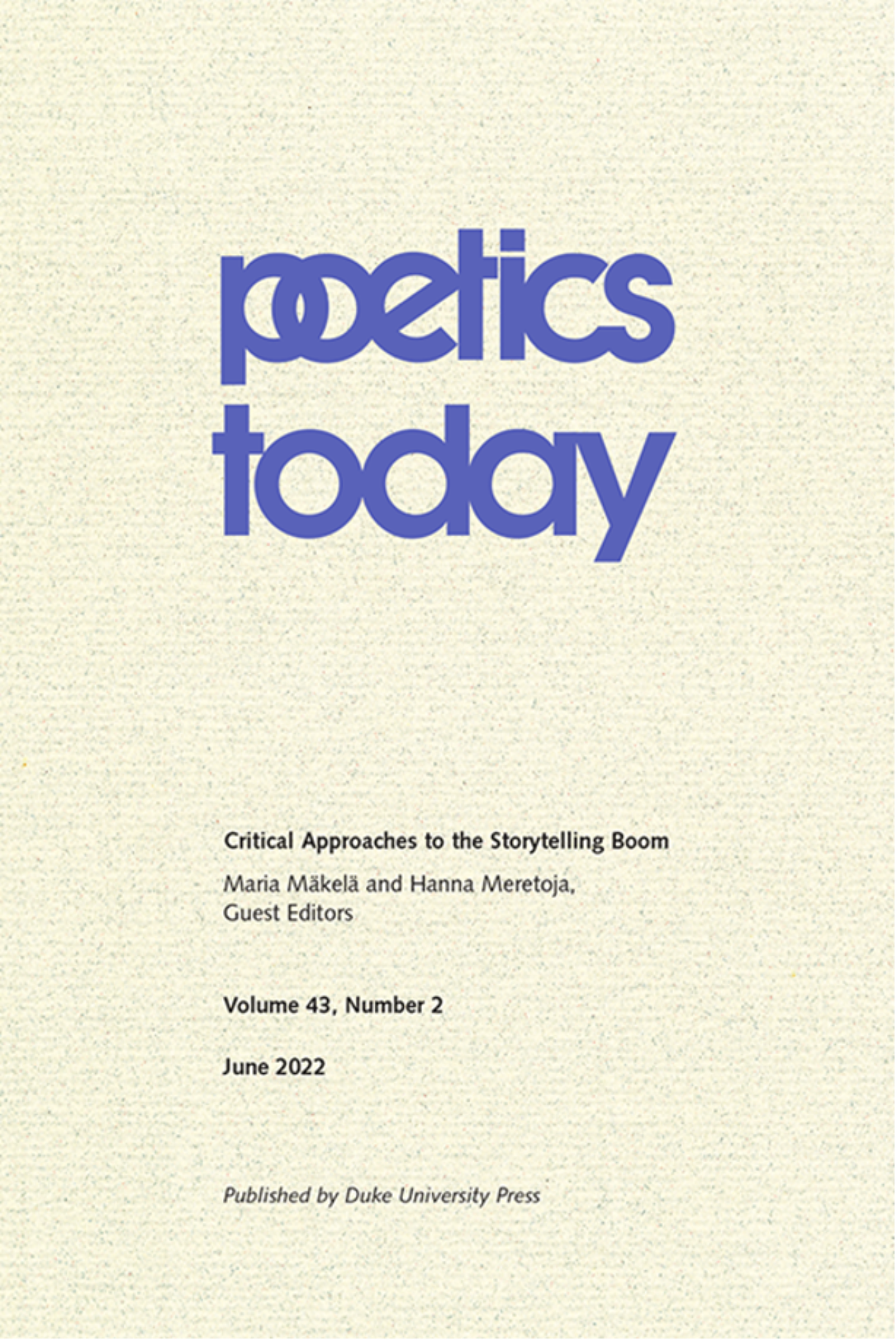In her academic article “Mobilizing Stories of Illness in Digital Contexts: A Critical Approach to Narrative, Voice, and Visibility,” applied linguistics scholar Korina Giaxoglou examines illness narratives in digital contexts, and conducts a narrative analysis on British actor Idris Elba’s COVID-19 story told through Twitter (currently X), consisting of a series of tweets, photos, videos, and live broadcasts.
Illness narratives have been known to empower patients during treatment and recovery and allow physicians to better empathize with them. However, recent criticism argues that such forms of storytelling should be considered within their social, cultural, and political contexts. With the rise of social media storytelling, the construction of illness narratives is often subject to “social media logic,” or “the norms, strategies, mechanisms, and economies that characterize social media platforms” (van Dijck and Poell, qtd. in Giaxoglou 289) and determine what attracts attention and what gets popular. A key function of social media illness narratives is self-construction by sharing events, both trivial and life-changing, in one’s personal life, including medical procedures and living with illness. Sharing illness narratives can connect patients to online communities and peer support.
Celebrities with an established following such as Idris Elba used their platforms and storytelling to raise awareness about socially responsible behaviors during the pandemic and to calm the spread of panic regarding COVID-19 infection. In his initial tweet announcing that he tested positive for COVID-19, he writes, “Stay home people and be pragmatic” (Elba, qtd. in Giaxoglou 296), calling for his audience to adhere to quarantine regulations, and “No panic” (Elba, qtd. in Giaxoglou 296), reassuring his audience that panic is unnecessary. Garnering 286.9 thousand comments, 81.6 thousand retweets, and 1.2 million likes, Elba’s story gained a large amount of attention, both positive and negative. Some Twitter users showed sympathy for Elba’s condition, while some users raised concerns about the unequal access to COVID testing, as high-risk individuals such as NHS workers were unable to receive COVID tests. The interactive nature of social media illness narratives means the narrator and readers are involved in the construction of the narrative, and the narrative can be framed in ways not intended by the narrator.
With the growing popularity of storytelling on social media, ordinary patients can share their illness narratives to gain therapeutic benefits, while illness narratives from celebrities can encourage the public to adhere to COVID-19 regulations and spark meaningful debate on equitable division of anti-pandemic resources. However, Giaxoglou calls for more attention towards narratives from groups that are relatively less visible on the Internet, most importantly ordinary citizens whose narratives reflect more mainstream pandemic experiences instead of exceptional experiences from celebrities who are wealthier than most, and for more research on diverse illness narratives in different contexts.

Image Captions:
Cover image of Poetics Today, vol. 43, no. 2, June 2022.Citation: Giaxoglou, Korina. “Mobilizing Stories of Illness in Digital Contexts: A Critical Approach to Narrative, Voice, and Visibility.” Poetics Today, vol. 43, no. 2, 1 Jun. 2022, pp. 287–308, https://doi-org.ezproxy.lib.torontomu.ca/10.1215/03335372-9642623. NON-FICTION, SCHOLARLY ARTICLE, 2020 | UK. ll
Source Type: Scholarship on COVID-19 Studies
Country: UK
Date: 01-Jun-2022
Keywords: Celebrities, Digital Narratives, Illness Narratives, Social Media, and Visibility